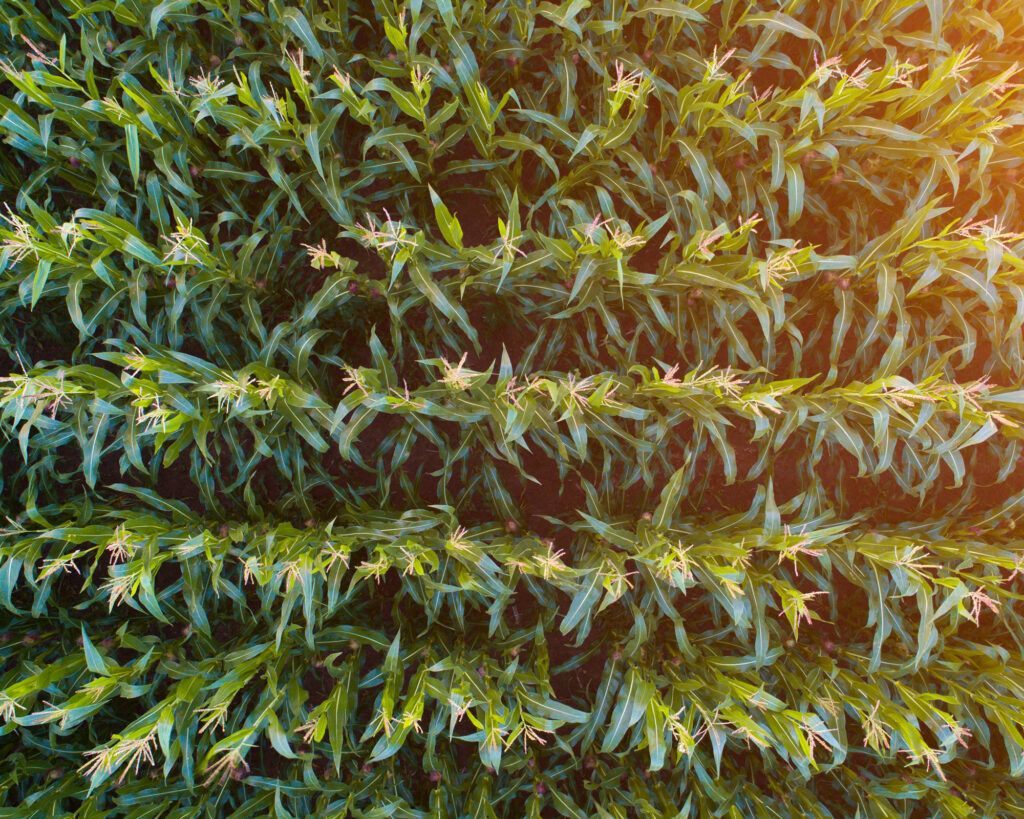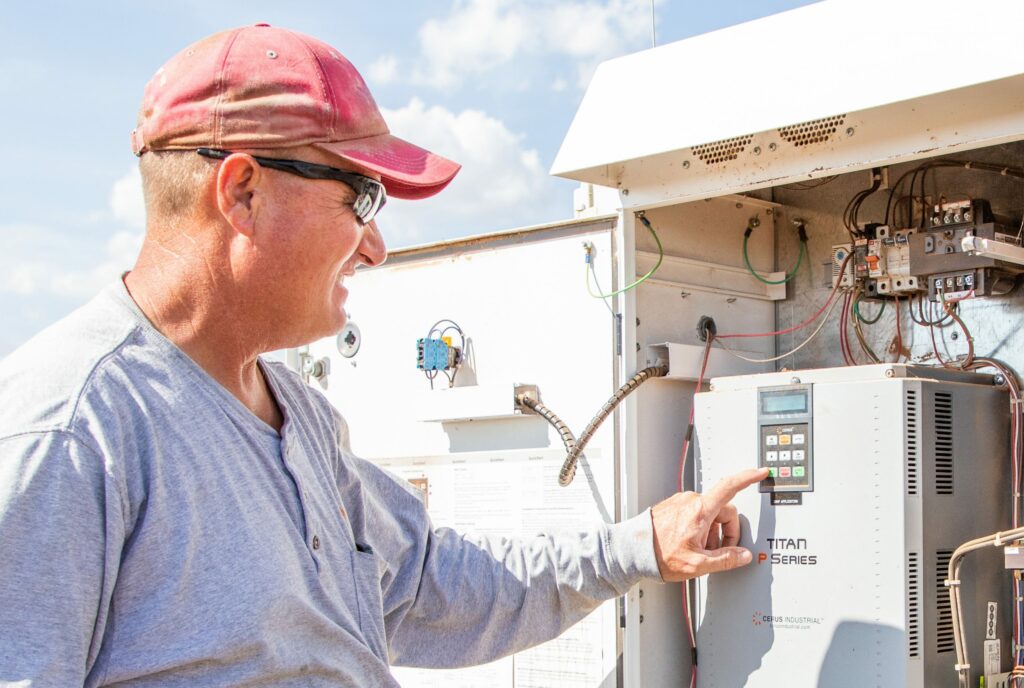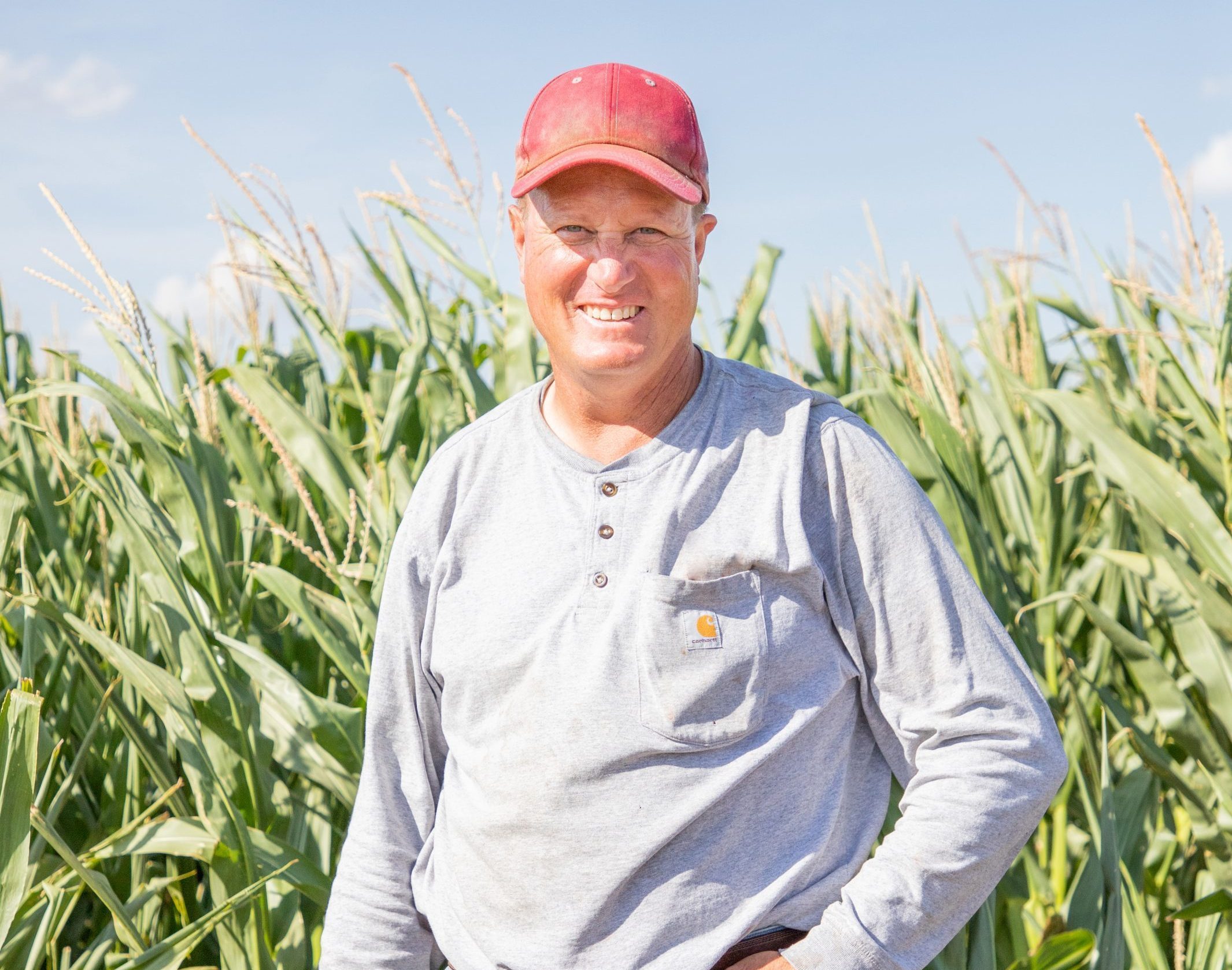Did you know that one tablespoon of healthy soil contains more microorganisms than there are humans on the earth? As it turns out, this life beneath our feet is key to the overall quality of our lives.
“We’re learning that every little thing we do to our soil, everything we put out in our fields has as a bigger effect on microbes and fungi than we ever thought possible,” Kelly Kettner, a fifth-generation farmer from Muleshoe, Texas, said.
In fact, the health of the soil and the living organisms that live within it has a ripple effect on the quality and quantity of other natural resources in the ecosystem, including water, animals, plants and air. Given that these natural resources are necessary to feed and clothe the world’s growing population, taking action now to protect the soil is critical for the prosperity of generations to come.
As water resources began to deplete on his farm, Kettner realized a change was needed.
“I started seeing that I needed to do something else from a farming practices standpoint,” Kettner said. “It just evolved into all this biology, which I never thought about ten years ago.”
Through trial and error, Ketter is embracing an innovative approach to farming where he uses a suite of evolving practices to improve the biological processes and, ultimately, sustainable crop growth on his farm.
Since soil serves as the basis of a healthy ecosystem, Kettner’s farming practices begin with the Natural Resources Conservation Service’s (NRCS) soil health principles. In order to not physically disturb the life under the soil surface, he does not till, or plow, his fields. By practicing no-till, Kettner also leaves stalks and residue in his fields after harvest, which act to provide an armor to protect the soil from erosion.


Diversity also plays a large role on Kettner’s farm. By growing corn, cotton, wheat, sorghum and millet in a rotation, Kettner’s fields contain a diversity of plant roots that provide a food source for organisms within the soil.
“I want something growing all the time. So, when we harvest our summer crop, we plant a winter crop to build the carbon source and keep mulch on the ground,” Kettner said.
He said he has also been planting summer and winter cover crops in between his primary crops for nearly 10 years. Cover crops are crops that a farmer plants but does not harvest. While he does not receive a profit for his cover crops, the benefits lie in soil improvement. He gets creative by trying different types of seed blends containing various types of plant species, working to find what works best on his farm.
“Cover crops can help mulch weeds and cycle nutrients,” Kettner said. “They can allow us to fill voids that we might be missing in a monoculture crops situation.”
Kettner also integrates sheep into his farm. As the sheep graze Kettner’s cover crops, they ultimately recycle nutrients back to his fields. He said the sheep also consume weeds that he struggles to control.
Taking his conservation impact further, Kettner couples his soil health efforts with irrigation technology. In fact, he is one of the farmer leaders working with NRCS and Texas Corn Producers to discover ways to conserve water in the Ogallala Aquifer region. Through the Future Directions Study, these conservation efforts aim to ensure adequate water supplies for the future.
In Kettner’s out-of-the-box approach to farming, he is always seeking new opportunities to improve his farm.
“Some of my future plans that I want to do on my farm and try are going to fail, but I’ll find one that will work,” Kettner said.
While the benefits of his efforts may not be realized within a one-year timeframe, Kettner said it is important to look at these conservation-minded practices in a multi-year picture. Over time, this farming approach can result in a win-win scenario for farmers and the environment.
Healthy soils retain more water, which can help crops thrive, even in water-limited environments. Crops grown in healthy soils also reduce the need for inputs such as herbicides and pesticides all while growing more food and fiber. This can also lead to increased profitability for farmers and lower food costs for consumers. Further, healthy soils can protect natural resources on and off the farm by reducing soil erosion and the risk of air and water quality degradation.
Farmers like Kettner understand agriculture’s important role in society, and that’s why they are taking action to conserve the resources that allow agriculture to thrive.
“Farmers care for the land more than you will ever know,” Kettner said.
